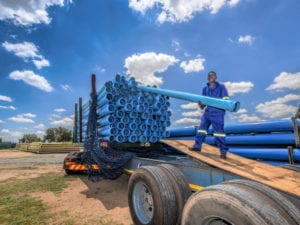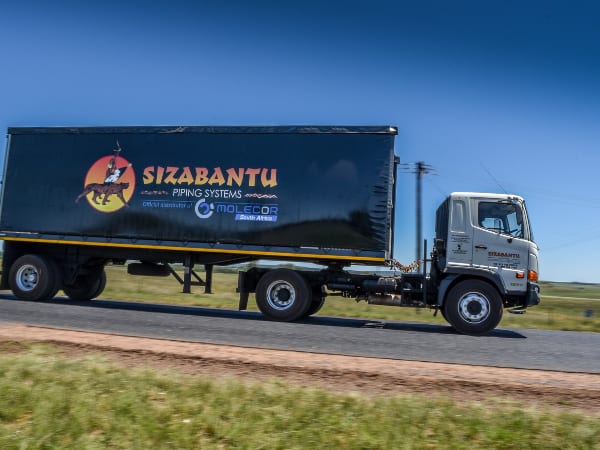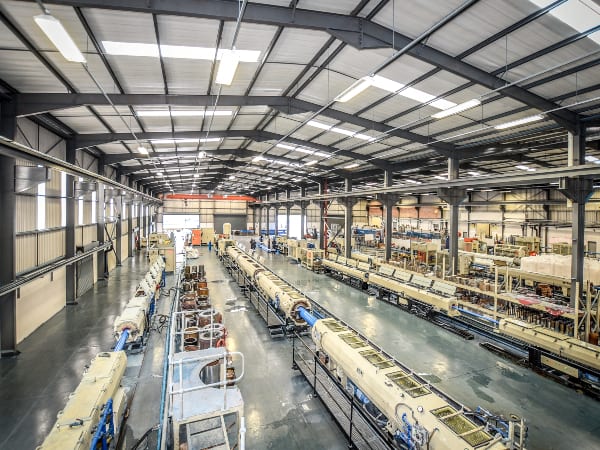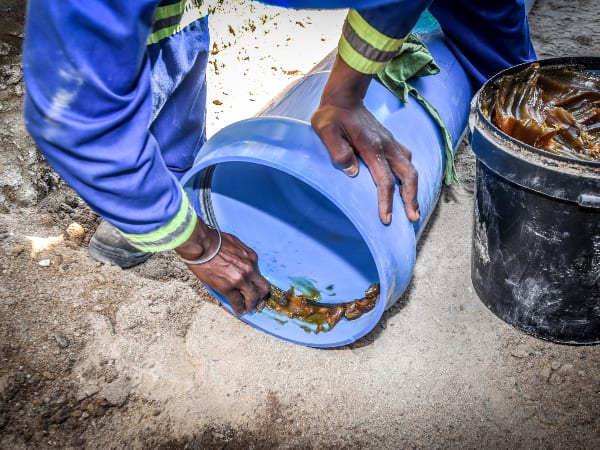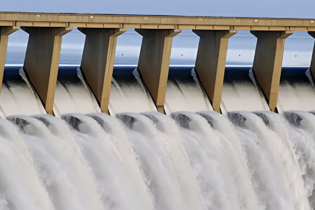Around the world, research and development (R&D) initiatives present new possibilities for PVC pipes. South African manufacturer Sizabantu Piping Systems expands on the R&D evolution and its own contribution to growing the regional PVC market for water and wastewater, working together with Spanish technology
partner Molecor. By Mike Smart*
These are exciting developments for the thermoplastic pipe industry, enabling it to compete in the large-diameter, high-pressure pipe market, which was previously beyond its capability. It enables Sizabantu Piping Systems to be equipped and ready to assist with service delivery challenges in South Africa.
NDP shortfalls and opportunities The National Development Plan (21 May 2007) refers to a “lost generation of infrastructure” and notes that 30% of GDP was spent on gross fixed capital formation (infrastructure) in 1990; by 2007, this had decreased to 19% of GDP. It is currently about 6% of GDP. The pipe market shrank by 15% in 2014 and has not yet recovered. If the recommendations contained in the plan are acted upon and infrastructure – the government’s planned driver of the recovery of the our economy – receives the priority and funds promised, the industry will recover. The Preferential Procurement Policy Framework Act (No. 5 of 2000) resulted in a positive development for the thermoplastic piping industry, with a directive from National Treasury, effective 16 September 2019, that local production and content be given preference for pipeline projects – a step forward. Graph 2 shows the catastrophic effect the reduction in infrastructure spend has had on the construction industry and the ‘knock-on’ effect on suppliers to the industry. The logical choice PVC-O pipes are lightweight and do not require extensive plant to handle and lay, nor highly skilled, expensive coded welders to join them, thereby giving labour-intensive emerging contractors equal opportunity to be competitive in pipeline construction projects. Furthermore, they do not incur high capital and maintenance costs, or the cathodic protection that any pipe material containing ferrous irons requires. Other advantages include the list common to thermoplastic pipes, including zero corrosion, high impact strength (extremely high for PVC-O), negligible deterioration in the hydraulic friction factor,low celerity (extremely low for PVC-O), and embedded energy. PVC technology has improved substantially in the last 85 years and, just as automobiles and computers have advanced exponentially in this time, so has PVC – and it’s continuing to improve. These R&D breakthroughs have given the pipeline industry proven materials to use for large-diameter, high-pressure, bulk supply pipelines that steel and ductile iron historically dominated. This will serve as the catalyst for an increasing shift to PVC. *Mike Smart, Pr Eng, MSAICE, is a consultant at Sizabantu Piping Systems. Local and international coverage Sizabantu Piping Systems has a network of branches in South Africa that provides national coverage, together with an Exports Department that services SADC and other African countries. This commitment to service is supported by a local manufacturing facility in the Richards Bay Industrial Development Zone and the superior expertise of technical partner Molecor – the world leader in PVC-O pipe technology.


